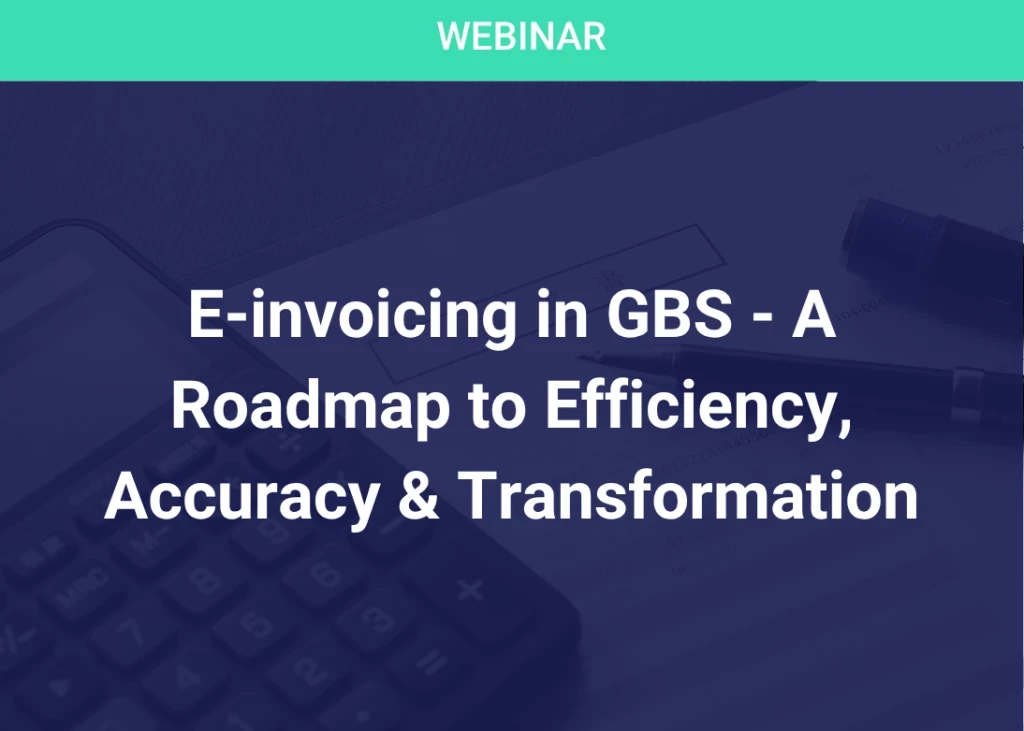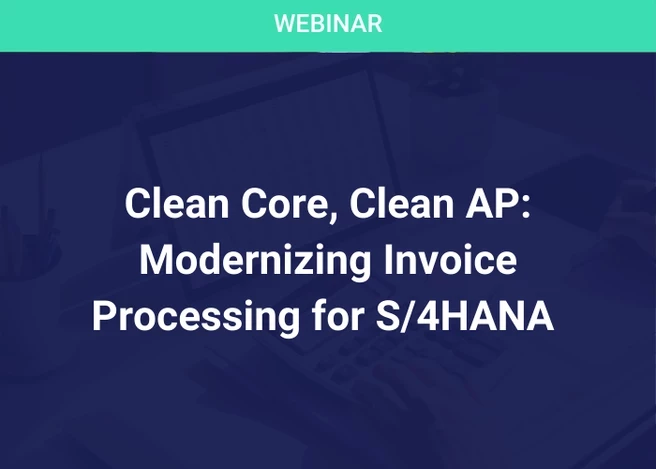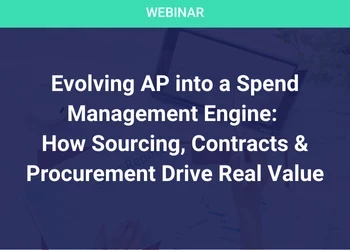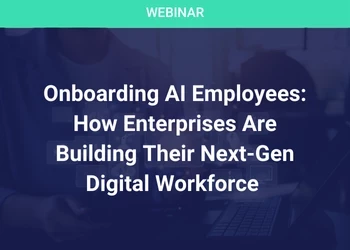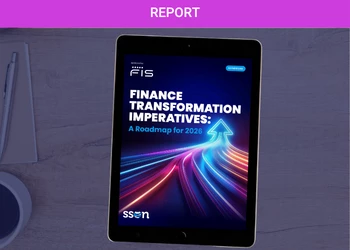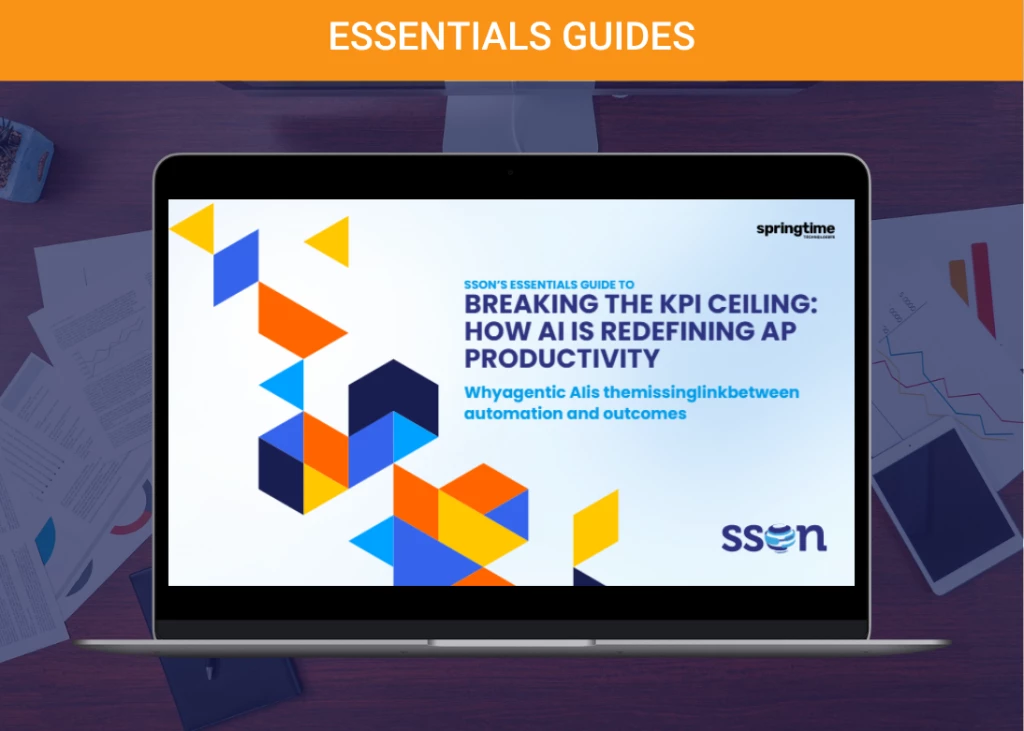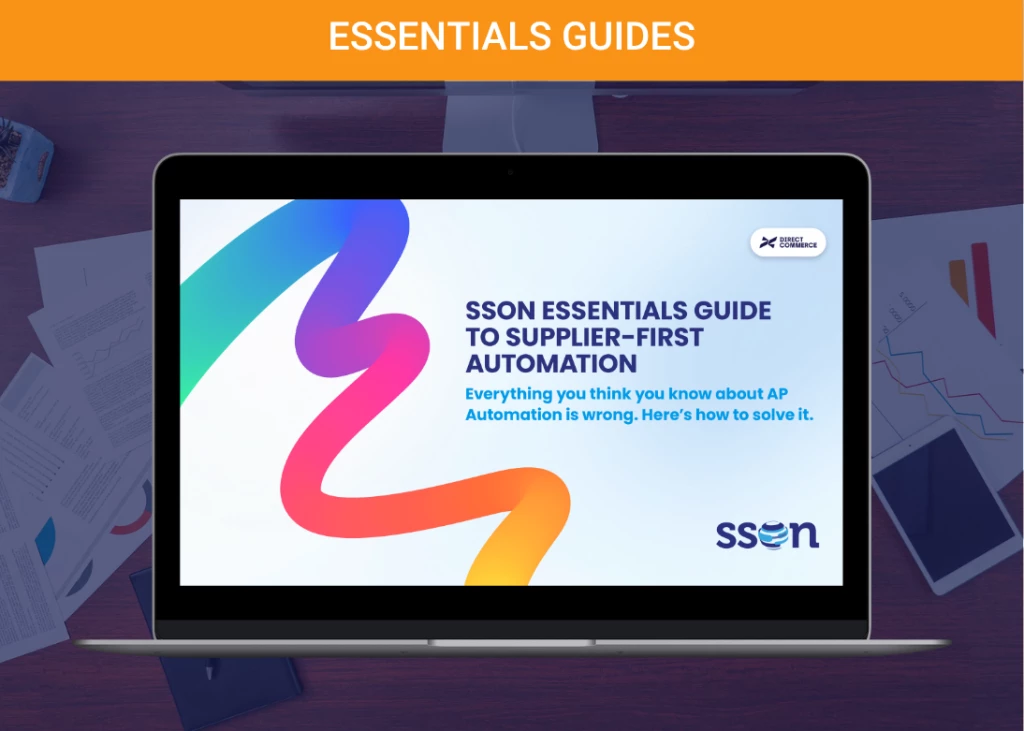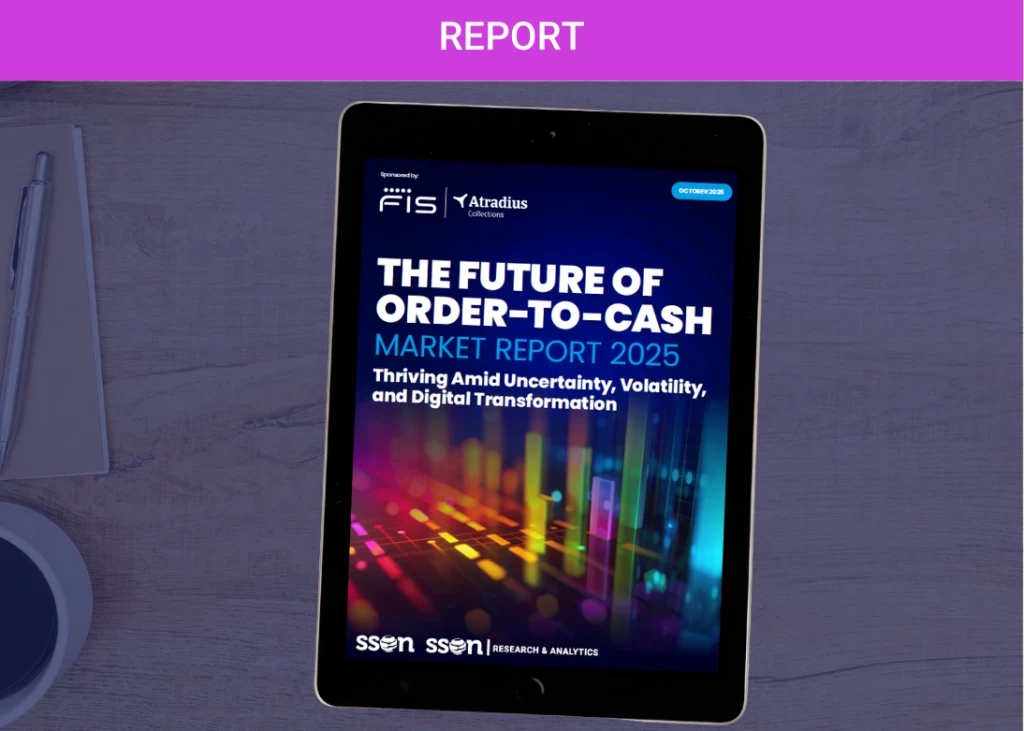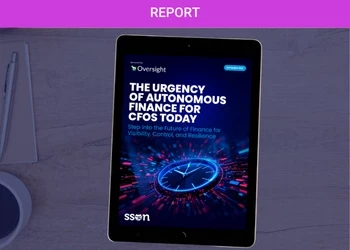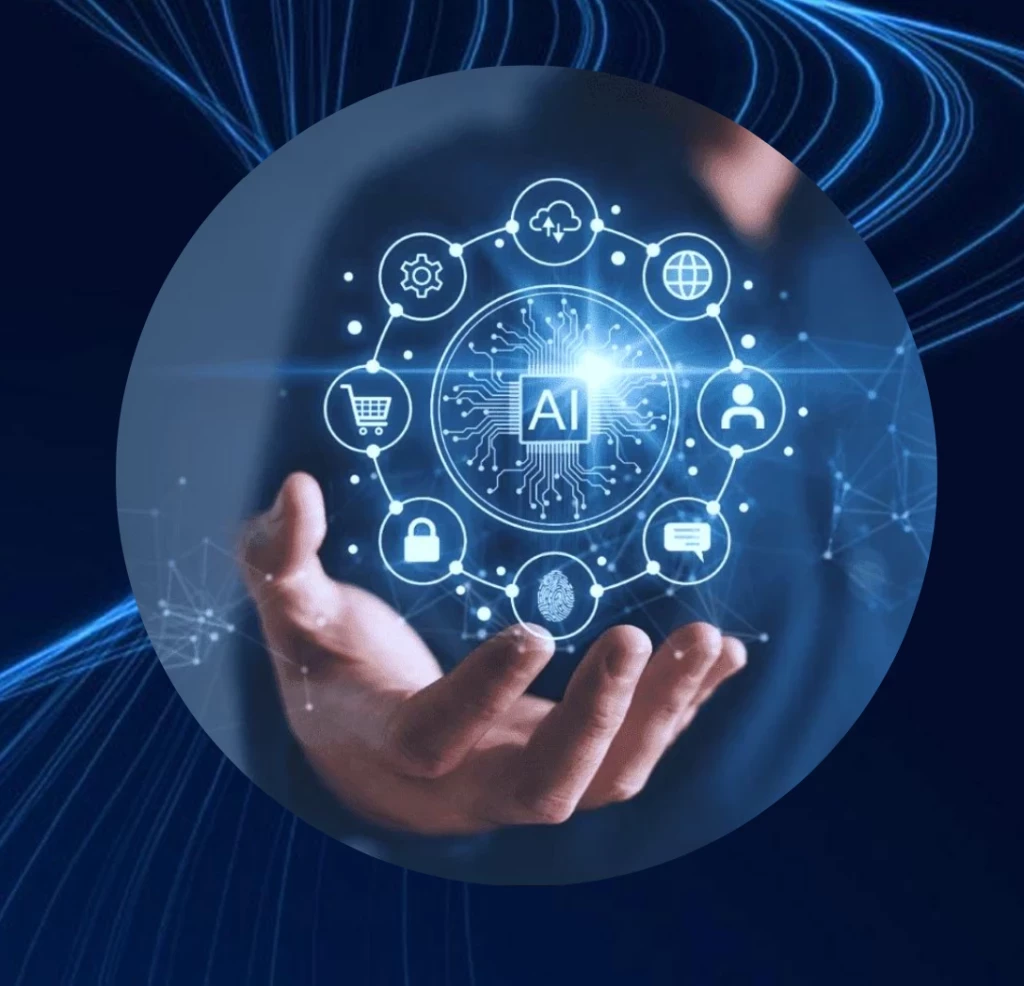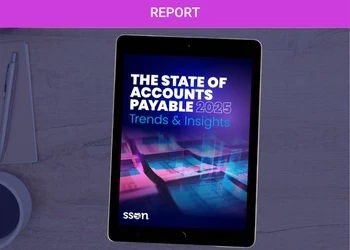The ERP Acceleration Paradox: 5 Strategies to Beat the 75% Failure Rate
Add bookmark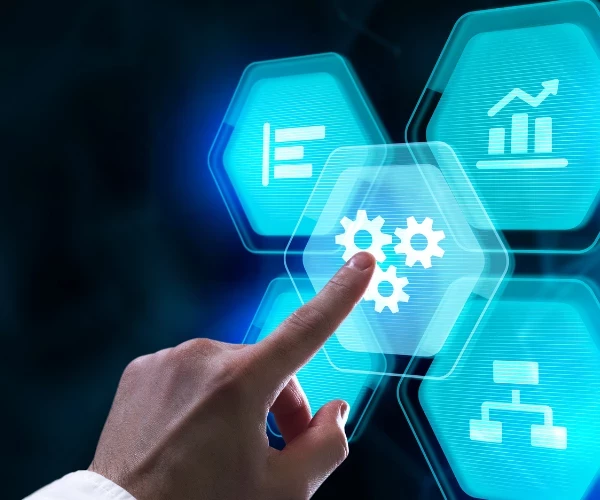
The ERP Acceleration Paradox: 5 Strategies to Beat the 75% Failure Rate
We’ve all heard the horror stories. The infamous 1999 Hershey's project that cost $100 million in lost Halloween orders. Nike’s $400 million overhaul that led to a 20% stock drop. The pressure to accelerate Enterprise Resource Planning (ERP) transformation is intense. But it exists in direct conflict with a stark reality: industry analysis consistently shows that 55% to 75% of all ERP projects fail to meet their objectives.
This is the Acceleration Paradox. The relentless focus on "on-time, on-budget" metrics often incentivizes the very corner-cutting, like skipping testing or training, that leads to disaster. True acceleration isn't about recklessly compressing timelines. It's about increasing the velocity of value realization, the speed at which your organization sees tangible, measurable business benefits.
For leaders in shared services and GBS, the ERP is your digital core. Getting it right isn't just an IT problem; it's the foundation for all future efficiency, automation, and scalability. Here are five strategic imperatives to navigate the paradox and ensure your transformation delivers value, not disaster.
1. Anchor in Value, Not Technology
The most expensive mistake is treating an ERP implementation as a software procurement project. It’s a fundamental business transformation. Stop rushing into vendor selection based on feature checklists. The fastest path to success is an unwavering focus on business outcomes. Move beyond generic goals like "improve efficiency" to specific, measurable targets like "reduce average invoice processing time by 40% within six months of go-live."
This value-driven roadmap becomes your governance tool. When a department requests a costly customization, you can ask: "Does this directly contribute to our strategic goal of differentiation, or does it just recreate a low-value legacy process?"
This also requires active championship, not just passive sponsorship. A sponsor signs the check; a champion becomes the project's most vocal cheerleader, consistently articulating the "why" and visibly using the new system themselves.
2. Embrace a 'Lego Brick' Architecture and Agile Delivery
The days of the rigid, all-in-one, monolithic ERP are over. Rigidity is the enemy of speed. The modern approach is Composable ERP—think of it as a "Lego Brick Enterprise." This strategy breaks down ERP functions into smaller, independent components. Need to plug in a new, best-of-breed AI tool or a specialized supply chain module? You can add or swap "bricks" without demolishing the entire house. This modern architecture demands a modern delivery model. The traditional, linear Waterfall methodology is too slow and inflexible. A far more effective approach for large projects is a Hybrid-Agile model.
● Phase 1 (Waterfall): Use an initial, structured phase for high-level planning, defining the business case, and designing the core system architecture.
● Phase 2 (Agile): Transition to iterative "sprints" for the actual build, configuration, and testing (SDLC Phases). This allows your team to deliver functional pieces of the system every few weeks, gathering continuous feedback and making rapid adjustments.
3. Weaponize Your Data (Before You Start)
Data is the lifeblood of your ERP, and it is consistently the project's Achilles' heel. The principle of "garbage in, garbage out" is absolute. A new, expensive system running on corrupted, inaccurate, or duplicate data is useless. Do not treat data migration as a last-minute technical task. A proactive data strategy must begin long before the core implementation.
● Audit and "Right-Size": Map all your data sources. Not all data is equal. Classify it as "hot" (critical for daily ops), "warm" (occasional reporting), or "cold" (archive). Migrating only the "hot" data into the new ERP can dramatically cut licensing costs and boost performance.
●Cleanse with AI: Traditionally, data cleansing is a manual nightmare. Today, AI and Machine Learning tools can automate this. They can rapidly profile vast datasets, detect anomalies, merge duplicates (even non-exact matches), and standardize formats, accelerating this critical phase with superhuman accuracy.
4. Institute a "Hyper-automation First" Mindset
Two of the biggest project-killers are (1) not knowing how your processes actually work and (2) inadequate testing. Automation technologies can transform these bottlenecks into accelerators.
First, use Process Mining before you configure anything. Think of it as an "X-ray" for your operations. It analyzes the digital footprints in your existing systems to create an objective, visual map of your "as-is" processes. This reveals every deviation, bottleneck, and inefficiency, ensuring you are automating optimized processes, not just paving over broken ones.
Second, use Robotic Process Automation (RPA) for test automation. Instead of having hundreds of business users manually plod through test scripts, an army of software bots can execute them flawlessly 24/7. Bots are up to 20 times faster, 100% accurate, and can achieve a level of test coverage that is impossible with manual methods. This is how you prevent a post-launch meltdown.
5. Engineer Adoption, Don't Just 'Train'
A technically perfect ERP that employees resist or use incorrectly is a 100% failure. Organizational Change Management (OCM) is not a "soft" optional activity; it is a hard, non-negotiable requirement for realizing ROI. The traditional model of herding employees into a classroom for a three-day training event is broken. Knowledge retention is low, and it's irrelevant by the time they need it. The modern approach is "learning in the flow of work," driven by two key tactics:
1. Digital Adoption Platforms (DAPs): These software tools overlay your live ERP to provide real-time, in-app guidance. They can launch interactive walkthroughs to guide a user step-by-step through a new process ("How do I submit a new vendor?") or provide "just-in-time" help on specific fields.
2. "Super User" Networks: Identify, recruit, and empower a network of "Change Champions" from within the business. Involve them early in testing and design. These enthusiastic experts become your frontline ambassadors, providing "on-the-floor" peer coaching and building grassroots momentum for the new system.
Conclusion: From System of Record to Engine of Velocity
The goal of an ERP transformation is no longer just to implement a new system of record. It's to build the digital core for the future, a platform that is agile, intelligent, automated, and embraced by its users.
By anchoring in value, building for flexibility, purifying your data, automating your execution, and engineering adoption, you move beyond the outdated paradigms of the past. You don't just avoid failure; you build the engine for continuous improvement and operational excellence that will define your organization's future. To gain more excellent insights from our SSO Network, Please join us for our upcoming Intelligent Document Processing Virtual Summit.


